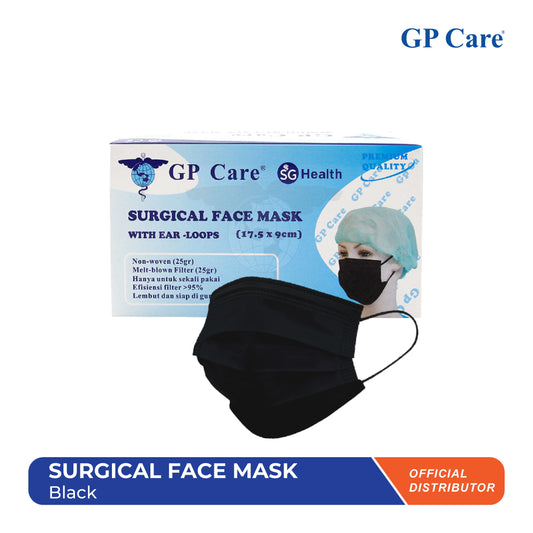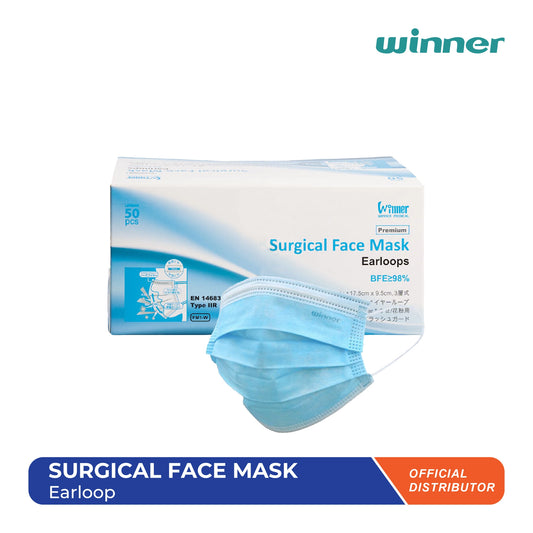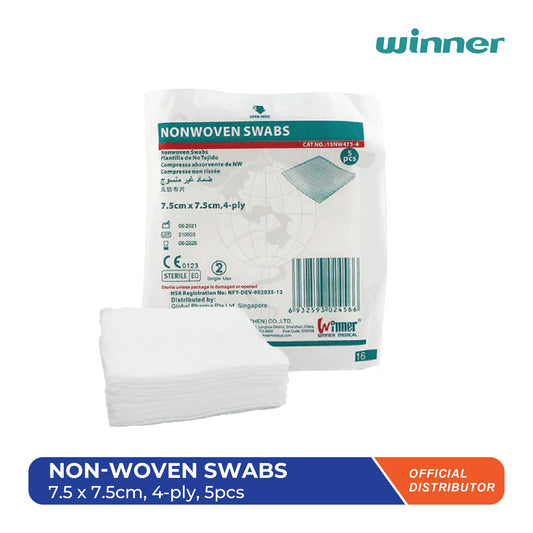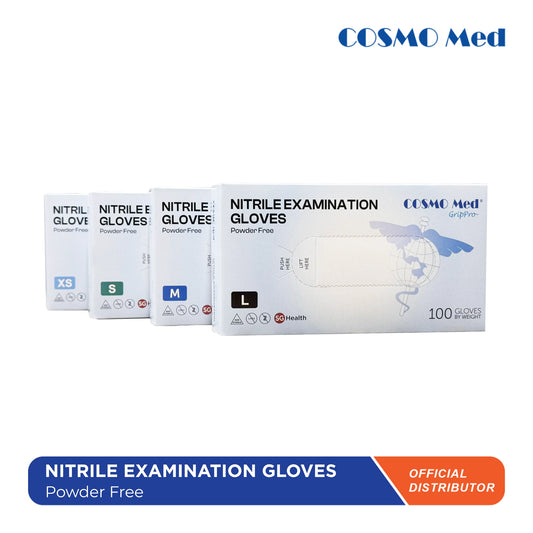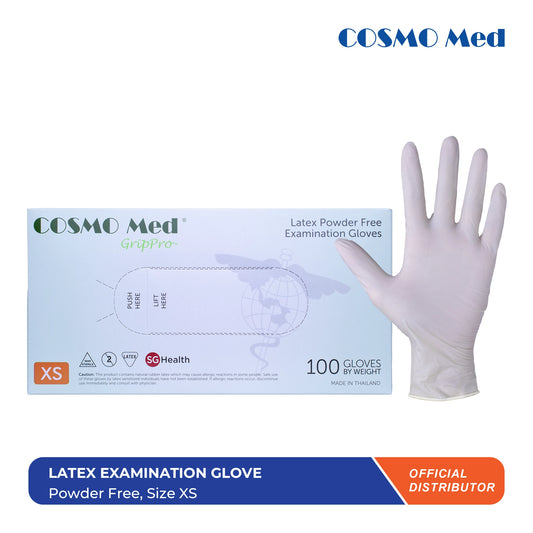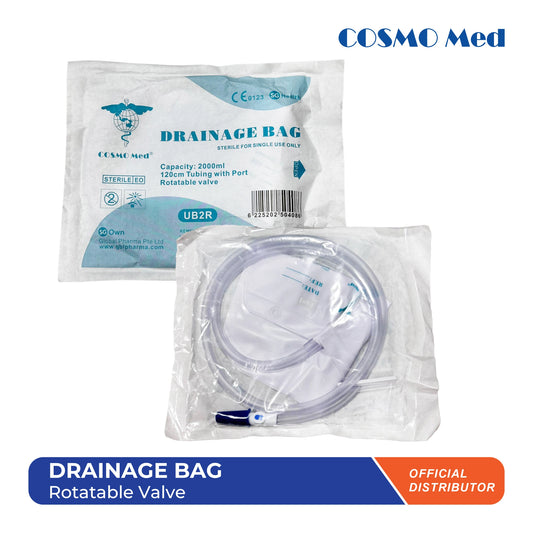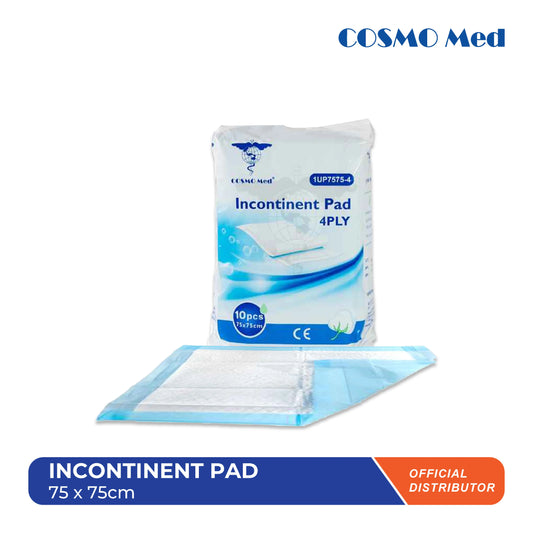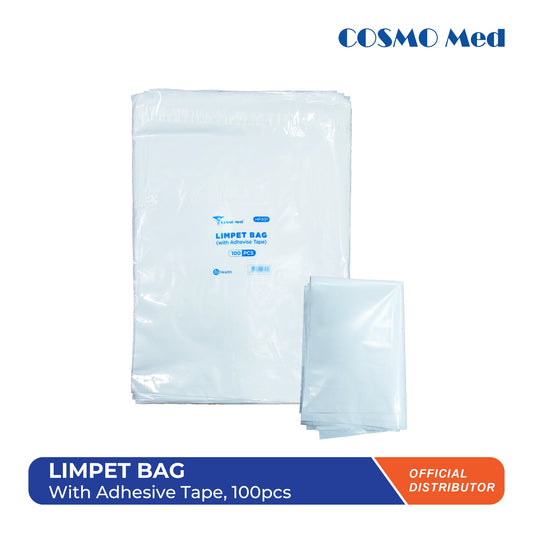When it comes to medical tools, syringes and blood donation needles play crucial roles. However, they are designed for different purposes and have distinct features. This blog will help you understand these differences in a simple and easy-to-read manner.
What is a Syringe?
A syringe is a medical device used to inject or withdraw fluids. It consists of a hollow needle attached to a tube and a plunger. Here are some key points about syringes:
- Purpose: Syringes are mainly used to administer medications, vaccines, and other fluids directly into the body or to draw blood for testing.
- Sizes: Syringes come in various sizes, ranging from small (for insulin) to larger sizes for other medications.
- Needle Gauge: The needle gauge (thickness) can vary. Thinner needles cause less pain and are used for injections just under the skin, while thicker needles might be used for drawing blood or administering thicker fluids.
Types of Syringes
Syringes come in several types, each designed for specific applications:
- Insulin Syringes: Used for administering insulin in diabetic patients, these syringes have fine needles to minimize pain.
- Tuberculin Syringes: Typically used for tuberculosis testing, these have a small barrel and fine needle.
- Luer-Lock Syringes: These syringes have a twist-lock mechanism to ensure secure needle attachment.
- Slip Tip Syringes: Needles are pushed onto the tip, offering a less secure but quick attachment method.
- Oral Syringes: Used for administering liquid medication orally, these do not have needles.
Read Also: Types of Syringes and Their Sizes
Syringe Components
A syringe consists of three main parts:
- Barrel: The cylindrical body that holds the liquid.
- Plunger: The part that moves within the barrel to draw in or expel liquid.
- Needle: Attached to the barrel, it pierces the skin to deliver or extract fluids.
Syringe Uses
Syringes are versatile tools used for:
- Administering Medications: Intramuscular, intravenous, and subcutaneous injections.
- Drawing Blood: For laboratory tests and diagnostic purposes.
- Vaccinations: Delivering vaccines into the body.
- Fluid Extraction: Removing fluids from the body, such as in the case of cysts or abscesses.
What is a Blood Donation Needle?
Blood donation needles are specifically designed for collecting blood from donors. They are part of a larger system that includes a blood collection bag and tubing. Key points about blood donation needles include:
- Purpose: These needles are used to draw a significant volume of blood from a donor for blood banks and transfusions.
- Size: Blood donation needles are generally larger in diameter compared to regular syringes. This allows for faster blood flow, making the donation process quicker.
- Comfort and Safety: Though larger, these needles are designed to minimize discomfort. The blood donation process is safe, and the needles are sterile and used only once to prevent infections.
Characteristics of Blood Donation Needles
Blood donation needles are specifically designed for the collection of blood for transfusion and other medical purposes. Key features include:
- Size and Gauge: Larger gauge (usually 16-18 gauge) to facilitate the quick flow of blood.
- Length: Typically longer to reach the veins comfortably.
- Special Coating: Often coated to minimize pain and tissue damage during insertion.
Blood Donation Needle Components
Blood donation needles comprise:
- Needle: A large bore needle to allow rapid blood flow.
- Tubing: Connects the needle to the blood collection bag.
- Collection Bag: A sterile bag that stores the donated blood.
Blood Donation Process
The blood donation process involves several steps:
- Donor Screening: Ensuring the donor is healthy and eligible to donate.
- Venipuncture: Inserting the needle into a vein, usually in the arm.
- Blood Collection: Blood flows through the tubing into the collection bag.
- Needle Removal and Aftercare: Needle is removed, and pressure is applied to the site to prevent bleeding.
Read Also: Function of the Syringe and How to Use It
Differences Syringes and Blood Donation Needles
Design and Purpose
- Syringes: Designed for precision in medication delivery, fluid extraction, and vaccinations. The needle size varies depending on the application.
- Blood Donation Needles: Specifically designed for the efficient collection of large volumes of blood. They are larger in gauge and longer in length to facilitate quick blood flow and minimize donor discomfort.
Usage Context
- Syringes: Used in various medical settings including hospitals, clinics, and home care. Their uses are diverse, ranging from insulin administration to drawing blood for tests.
- Blood Donation Needles: Primarily used in blood donation centers and during surgeries where large volumes of blood need to be collected quickly.
Patient Interaction
- Syringes: Often used for patients who require regular injections or blood tests. The experience can vary based on the needle size and the frequency of use.
- Blood Donation Needles: Typically used in a controlled environment with strict protocols to ensure donor safety and comfort.
Conclusion
Understanding the differences between syringes and blood donation needles can help demystify medical procedures and alleviate concerns. Syringes are versatile tools for administering medication or drawing small blood samples, while blood donation needles are specifically designed for the efficient collection of blood donations. Both are essential in healthcare, ensuring treatments and life-saving transfusions are possible.





